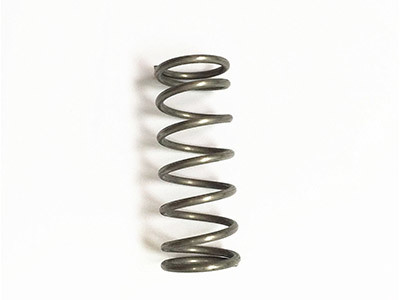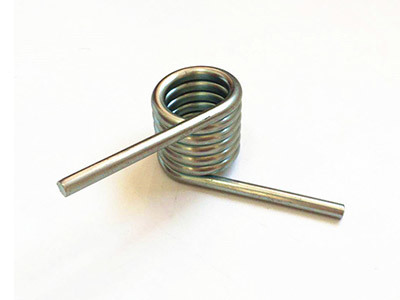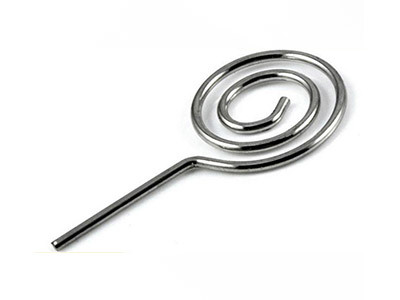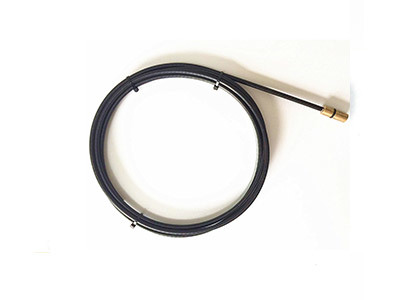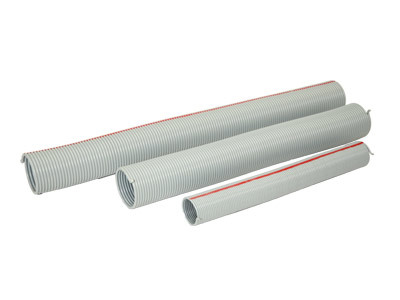Understanding Axial Torsion Springs: Applications and Manufacturing Insights
Release Time:
2025-10-07
Axial torsion springs are essential mechanical elements designed to store and release energy through rotational force. Unlike conventional coil springs, these springs are characterized by their unique design that facilitates torsion, making them ideal for applications requiring resistance against rotational movements. Understanding the mechanics and applications of axial torsion springs is crucial

Axial torsion springs are essential mechanical elements designed to store and release energy through rotational force. Unlike conventional coil springs, these springs are characterized by their unique design that facilitates torsion, making them ideal for applications requiring resistance against rotational movements. Understanding the mechanics and applications of axial torsion springs is crucial for professionals in the manufacturing and machining sectors.
In mechanical systems, axial torsion springs are utilized in various devices ranging from automotive assemblies to household appliances. Their ability to operate efficiently under load while maintaining structural integrity makes them indispensable in applications such as door hinges, suspension systems, and various types of machinery. The axial configuration allows these springs to be compact, which is often crucial in space-constrained designs.
The manufacturing process of axial torsion springs involves several critical steps. Initially, selecting the appropriate material is vital; common choices include high-carbon steel, stainless steel, or alloy materials that can withstand the stresses of torsion. The spring's design also plays a significant role, where the wire diameter, coil diameter, and number of coils must be accurately determined based on the application requirements. Advanced computer-aided design (CAD) software is often employed to simulate the spring's performance under various conditions, ensuring optimal design before production.
Once the design is finalized, the process typically involves wire forming, where the spring is shaped using specialized machinery. A precise coiling process is crucial, as it directly affects the spring's mechanical properties and performance. After coiling, the springs undergo heat treatment to enhance their strength and elasticity. This step is essential as it prepares the springs for the demanding environments they will encounter in their respective applications.
Quality control is another critical aspect of axial torsion spring manufacturing. Rigorous testing, such as load testing and fatigue testing, ensures that the springs meet stringent performance standards. By maintaining high quality in manufacturing, companies can ensure that their axial torsion springs perform reliably over time, reducing the likelihood of failure in critical applications.
In summary, axial torsion springs are vital components in various mechanical systems, offering unique advantages due to their ability to handle torsional loads efficiently. Understanding their design, manufacturing processes, and applications provides professionals with insights that are crucial for optimizing performance in their respective industries. Whether you are involved in product design or manufacturing, a comprehensive knowledge of axial torsion springs will enhance your ability to deliver innovative solutions that meet your clients' needs.
In mechanical systems, axial torsion springs are utilized in various devices ranging from automotive assemblies to household appliances. Their ability to operate efficiently under load while maintaining structural integrity makes them indispensable in applications such as door hinges, suspension systems, and various types of machinery. The axial configuration allows these springs to be compact, which is often crucial in space-constrained designs.
The manufacturing process of axial torsion springs involves several critical steps. Initially, selecting the appropriate material is vital; common choices include high-carbon steel, stainless steel, or alloy materials that can withstand the stresses of torsion. The spring's design also plays a significant role, where the wire diameter, coil diameter, and number of coils must be accurately determined based on the application requirements. Advanced computer-aided design (CAD) software is often employed to simulate the spring's performance under various conditions, ensuring optimal design before production.
Once the design is finalized, the process typically involves wire forming, where the spring is shaped using specialized machinery. A precise coiling process is crucial, as it directly affects the spring's mechanical properties and performance. After coiling, the springs undergo heat treatment to enhance their strength and elasticity. This step is essential as it prepares the springs for the demanding environments they will encounter in their respective applications.
Quality control is another critical aspect of axial torsion spring manufacturing. Rigorous testing, such as load testing and fatigue testing, ensures that the springs meet stringent performance standards. By maintaining high quality in manufacturing, companies can ensure that their axial torsion springs perform reliably over time, reducing the likelihood of failure in critical applications.
In summary, axial torsion springs are vital components in various mechanical systems, offering unique advantages due to their ability to handle torsional loads efficiently. Understanding their design, manufacturing processes, and applications provides professionals with insights that are crucial for optimizing performance in their respective industries. Whether you are involved in product design or manufacturing, a comprehensive knowledge of axial torsion springs will enhance your ability to deliver innovative solutions that meet your clients' needs.
Related News
